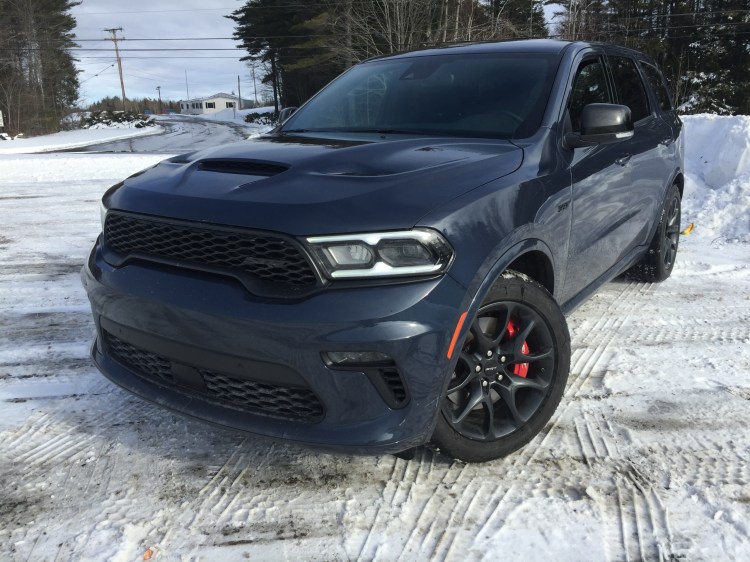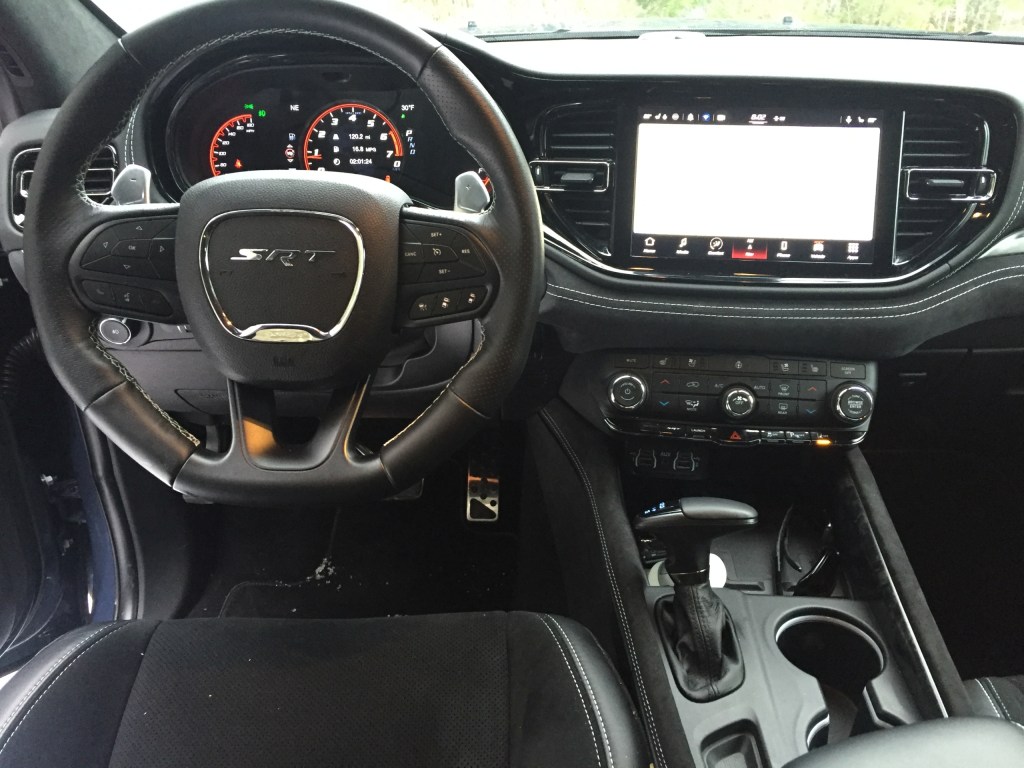Right after GM announced that it will stop building all internal combustion-engined vehicles by 2035, and invest $20 billion toward exclusively building electric vehicles (EVs), it was disclosed that production of many of its current volume vehicles have to be curtailed as there is a severe shortage of computer chips.
Ford made the same announcement, after revealing that fourth quarter revenues were negatively impacted by limited production of its bread-and-butter F-series due to a shortage of computer chips. Ford will spend $22 billion to develop more EVs.
With constantly shrinking market share, and rampant dealer concerns about rapidly escalating prices, GM may want to consider making it to 2035, unless of course, all of the EV spending is really going to be for incentives and the automakers and our governments are going to combine and give drivers new EVs.
Which isn’t that far-fetched as the Swedes have enjoyed ample incentives paid to EV makers so that consumers will adopt the new technology. Volvo recently rejoiced at their ‘marked success’ with higher EV incentives helping to improve showroom sales. Surprised?
And then there is Stellantis, the new name for the owners of this week’s visitor, the always interesting Dodge Durango. Fiat Chrysler Automobiles has merged with France’s Group PSA (primarily Peugeot and GM’s former Opel) with headquarters moving to Amsterdam, otherwise unknown as an automotive hot-bed. While consolidation within the auto industry will surely increase, given the expansion of regulations and EV mandates sweeping the globe and how this will necessitate very similar designs throughout, long-time fans of distinct brands can be forgiven if they have concerns about whether their products will even exist five years from now.
Product lines like Dodge, and this Durango. Built on a platform shared with the Jeep Grand Cherokee (five inch longer wheelbase, 120 inches total, under a body 10 inches longer, 200 inches overall) which, ironically, is a former Daimler-Benz design from a previous Chrysler relationship, the Durango possess excellent driving dynamics with a supple chassis and superior road manners.
However, a hint of future directions indicate that the next Grand Cherokee—due later this year—will come with a third row option, the reason that you buy the Durango. Jeep will also roll out a much larger Grand Wagoneer soon as marketers capitalize on the hype surrounding all things Jeep.
What does this do to the Durango and to Dodge? Like its car siblings, Challenger and Charger, the Durango hasn’t seen any architectural changes for over a decade, while stylists and engineers have augmented the vehicle with enhanced cabin features and high-performance powertrains like this SRT model, packed with the expressive and enjoyable 6.4 L, 475 HP V8 engine that Ram owners crave for the half-ton versions of the popular pickup series.
Despite the Durango’s perceived age, which for many buyers is actually an advantage, there is no denying that this class has some heady competition. The Hyundai Palisade and Kia Telluride have upset the pecking order, while Ford’s Explorer has returned to the top-selling spot.
The Durango, starting at under $32,000 but a hefty $76,000 here with the potent SRT-392 package and a loaded interior, makes a host of great impressions. Besides the handling and ride virtues, the cabin is quiet, the seating is plush, plus the U-connect infotainment system, already the best, gets an upgrade that adds more content as well as some redundant push-buttons for frequently performed tasks. The standard 293 HP V6 will please the majority of buyers, including the 6,200 pound tow rating, yet the whole performance niche defined by Dodge with R/T, SRT and Hellcat powered Durango’s adds a dimension that other automakers completely ignore.
Upgrading to the SRT 6.4 L, V8 adds enhanced AWD, including launch control, as well as the exciting dual-exhaust note that FCA should trademark. With the supercharged 6.2 L, V8 now an option in Durango, it’s reasonable to see this model continue its stable sales levels.
Other hits include the beefy sport steering wheel, heated of course, the spacious second row seats with headrests that can be folded from up front, plus third row seating that collapses to make an expandable load deck. Suede and leather seating is excellent, heated and cooled, plus there is the now customary assortment of electric driving and parking assists (those computer-chip systems). Sporting bright red Brembo brake calipers behind the 20-inch Hyper Black wheels and a big hood scoop above the dual-parallel LED driving lamps, the Durango’s stance remains popular.
With large crossover sales still hot, the Durango’s SRT variants are excellent halo vehicles for Dodge, FCA and Stellantis.
Send questions/comments to the editors.





Success. Please wait for the page to reload. If the page does not reload within 5 seconds, please refresh the page.
Enter your email and password to access comments.
Hi, to comment on stories you must . This profile is in addition to your subscription and website login.
Already have a commenting profile? .
Invalid username/password.
Please check your email to confirm and complete your registration.
Only subscribers are eligible to post comments. Please subscribe or login first for digital access. Here’s why.
Use the form below to reset your password. When you've submitted your account email, we will send an email with a reset code.